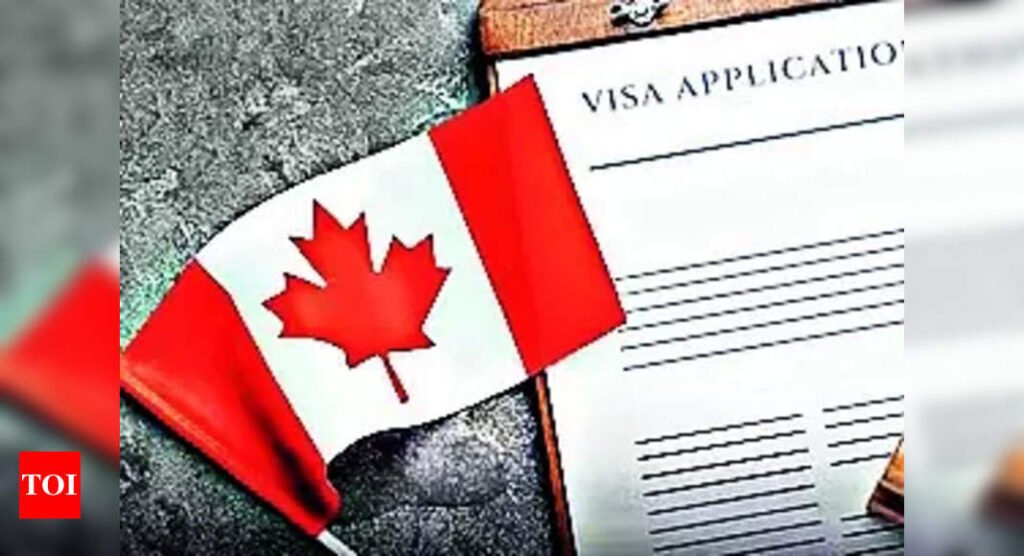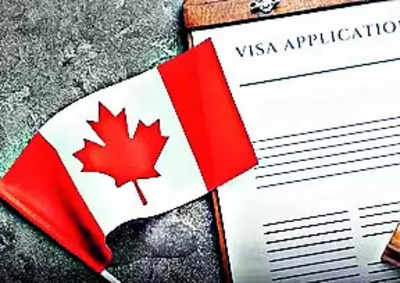

Canada has solidified its position as the top destination for international students, with India at the forefront of this growing trend. According to the latest data from Immigration, Refugees and Citizenship Canada (IRCC), 137,000 Indian students were granted study permits from January to August 2024, representing 36.7 percent of the total 374,000 international students in the country. By the end of 2023, India accounted for an estimated 427,000 students in Canada. For these students, as well as foreign workers and visitors, maintaining legal status is crucial. This is where implied status (previously known as implied status) comes into play—an essential safeguard within Canada’s immigration system. It ensures that individuals can stay legally while their renewal applications are processed. Check out the complete details of Canada’s maintained status here.
Canada’s Implied Status: A Broad Overview
Canada’s immigration policies provide several mechanisms to assist temporary residents in maintaining their legal status while awaiting permit renewals. Maintained status is one such provision. This legal status is crucial for individuals whose visitor status, work permit, or study permit is up for renewal, allowing them to continue their activities without penalty or interruption. Here’s an in-depth look at how maintained status functions, who it benefits, and what implications it carries for those looking to stay in Canada legally.
Maintained status enables individuals to retain their legal standing in Canada if they apply for a permit renewal before their current permit expires. This status takes effect automatically upon submission of a renewal application, provided it is submitted before the permit expiration date. Under maintained status, temporary residents can continue their existing activities—whether studying, working, or visiting—under the same terms and conditions until a decision is reached on their renewal application.
This streamlined provision is a vital aspect of Canada’s immigration system, granting temporary residents reassurance and continuity during the often-lengthy processing period. Individuals on maintained status do not face additional fees or requirements; they simply need to apply before their permit expires.
Who Benefits from Maintained Status?
Maintained status benefits several groups of people in Canada:
- International Students: Students who apply for a renewal of their study permit before it expires can continue their studies without disruption. This provision is especially valuable for students facing delays in processing, allowing them to remain enrolled and progress academically without a gap in their education.
- Foreign Workers: For temporary foreign workers, maintained status is crucial as it allows them to continue working under the conditions of their existing permit while waiting for a decision. This helps both employees and employers maintain stable employment, which is vital in sectors with high demand for skilled labor.
- Visitors Seeking Extension: Tourists or other temporary visitors applying for an extension on their visitor status can remain in Canada without interruption until their application is processed, allowing them additional time for personal, family, or other purposes.
Key Conditions for Maintained Status
To benefit from maintained status, applicants must follow specific guidelines:
- Timely Submission: Applications for renewal must be submitted before the expiration of the current permit. Failure to do so will result in the individual losing their status and potentially facing penalties or removal from Canada.
- No Change in Permit Conditions: While on maintained status, individuals must continue under the same conditions outlined in their previous permit. A worker, for instance, cannot switch employers, nor can a student change institutions until their renewal application is approved.
- Continued Compliance: Individuals must ensure they meet all requirements and conditions of their current permit to remain in good standing.
Duration of Maintained Status
The duration of maintained status depends on the time taken by Immigration, Refugees and Citizenship Canada (IRCC) to process the renewal application. Maintained status begins when an individual applies for an extension or renewal of their current permit and typically ends once a decision is made—either approval or denial.
- approval: If the application is approved, the individual is issued a new permit with a new expiry date, allowing them to continue their activities legally.
- Denial: If the application is denied, maintained status ends, and the individual may be granted the 90-day restoration period. However, unlike maintained status, restoration does not permit working or studying until a new permit is issued.
Travel Restrictions on Maintained Status
Although individuals on maintained status are technically allowed to leave Canada while their application is being processed, it is generally advised against. Traveling outside Canada while on maintained status introduces several risks:
- Complications upon Re-entry: If the renewal application is denied while the individual is outside Canada, they may be unable to return under valid status. This scenario can lead to delays, refusals, or the need to submit a new application from outside Canada.
- Risk of Cancellation: Failure to comply with the conditions of maintained or implied status may lead to removal from Canada and possible denial of future applications. Given the complexity of the rules, individuals are advised to seek legal counsel if they have any concerns or uncertainties.
What Happens if Maintained Status is Lost?
Losing maintained status occurs if an application for renewal is denied, or if the individual leaves Canada while their application is in process. When status is lost, the individual is classified as “out of status,” and this can lead to several consequences:
- Restoration Period: In most cases, individuals are granted a 90-day “restoration period” following the loss of status. During this time, they may apply to restore their status by submitting a new application. Restoration, however, does not include the right to work or study, and only becomes active once the application is approved.
- Mandatory Departure: If the individual does not submit a restoration application within the 90-day period, they will be required to leave Canada. Restoration applications can help prevent penalties or removal from Canada, but must be submitted promptly.
Transitioning from Maintained Status to Permanent Residency
While maintained status offers temporary relief, it does not guarantee eligibility for permanent residency (PR) in Canada. Those looking to transition to PR need to meet specific criteria based on the immigration program they apply to, which may require work experience, educational qualifications, or sponsorship.
Maintained status is designed to provide continuity for temporary residents, but individuals must still fulfill all PR program requirements independently of their maintained status. Meeting these criteria and maintaining legal status are critical for anyone aiming to transition to permanent residency.
Advice for Those on Maintained Status
Individuals on maintained status can take steps to safeguard their status and ensure compliance:
- Apply Early: Submitting a renewal application well before the permit expires is recommended to avoid last-minute complications.
- Monitor Application Status: Checking the processing times on the IRCC website can help applicants stay updated on their application and plan accordingly.
- Avoid Leaving Canada: To maintain a smooth application process, individuals should consider remaining in Canada while waiting for a decision.
- Consult Legal Help if Needed: Consulting an immigration professional may be beneficial, particularly for individuals with complex cases or those interested in transitioning to permanent residency.







